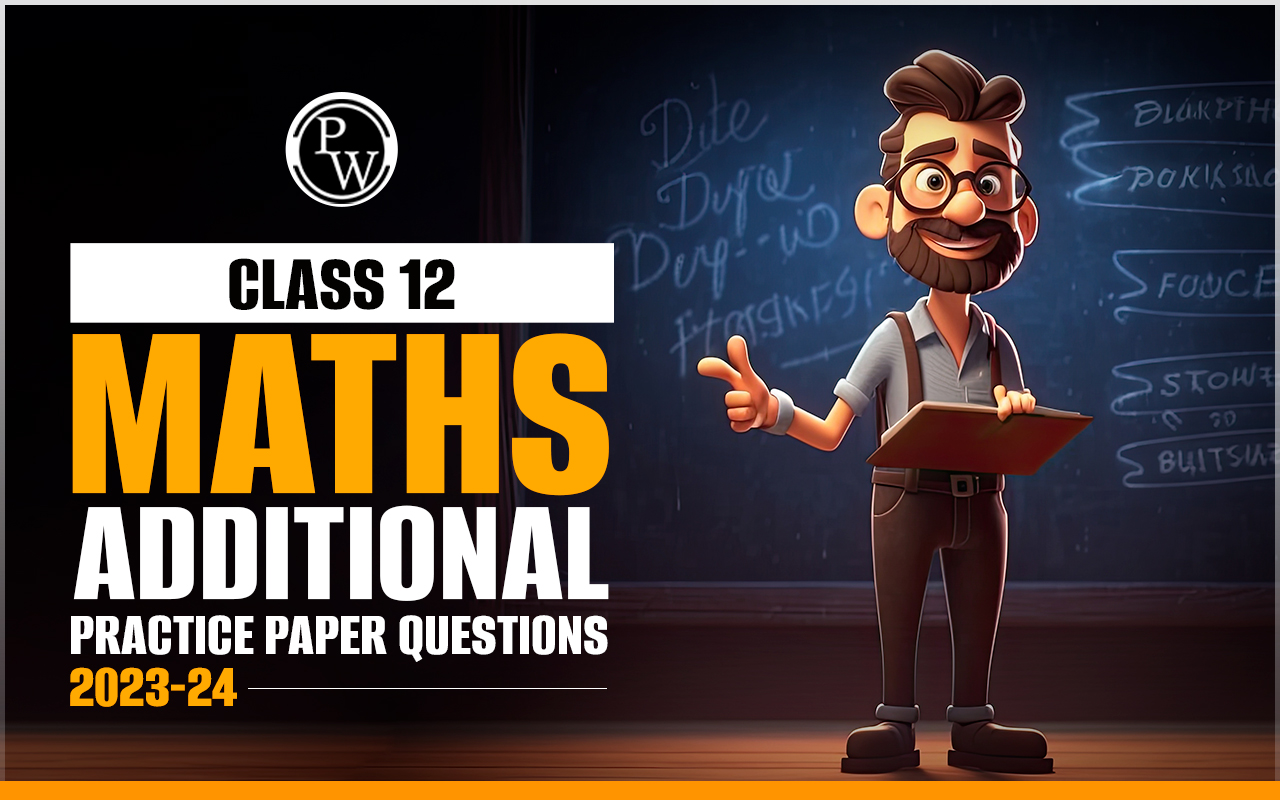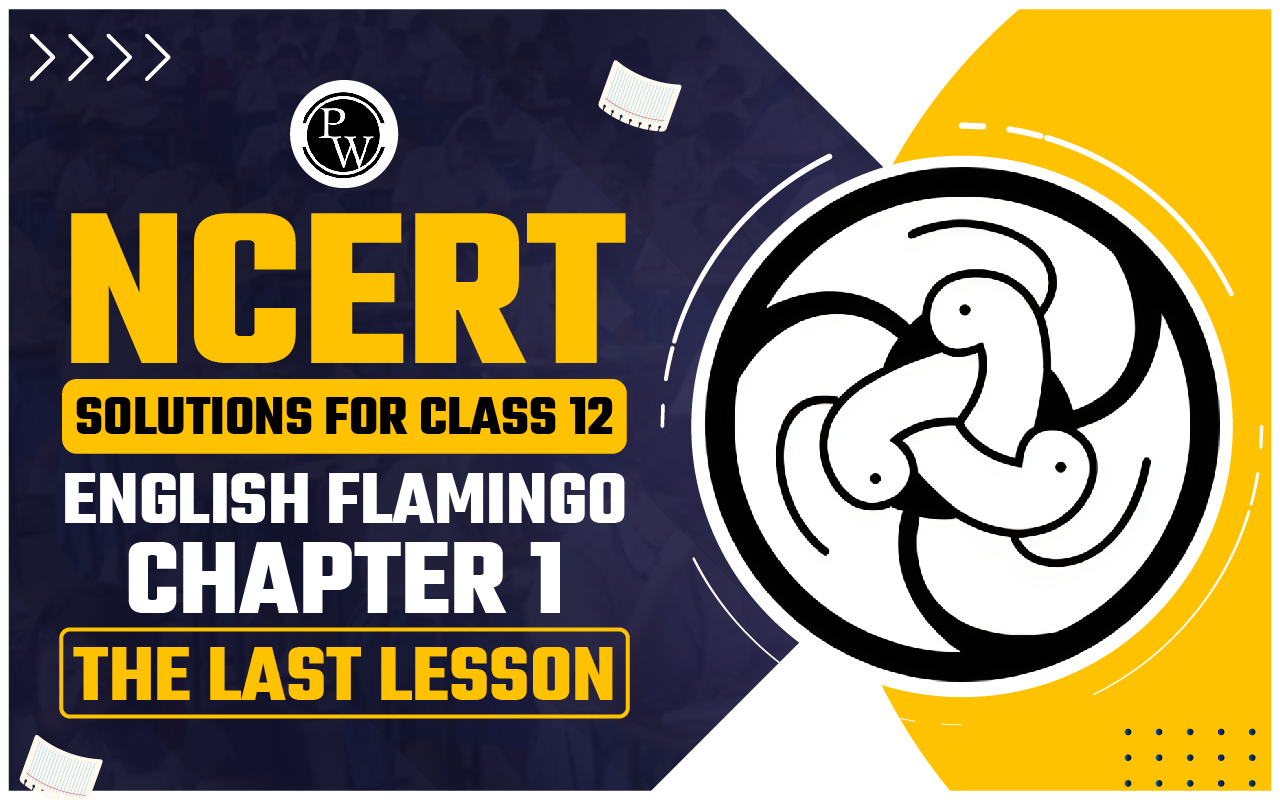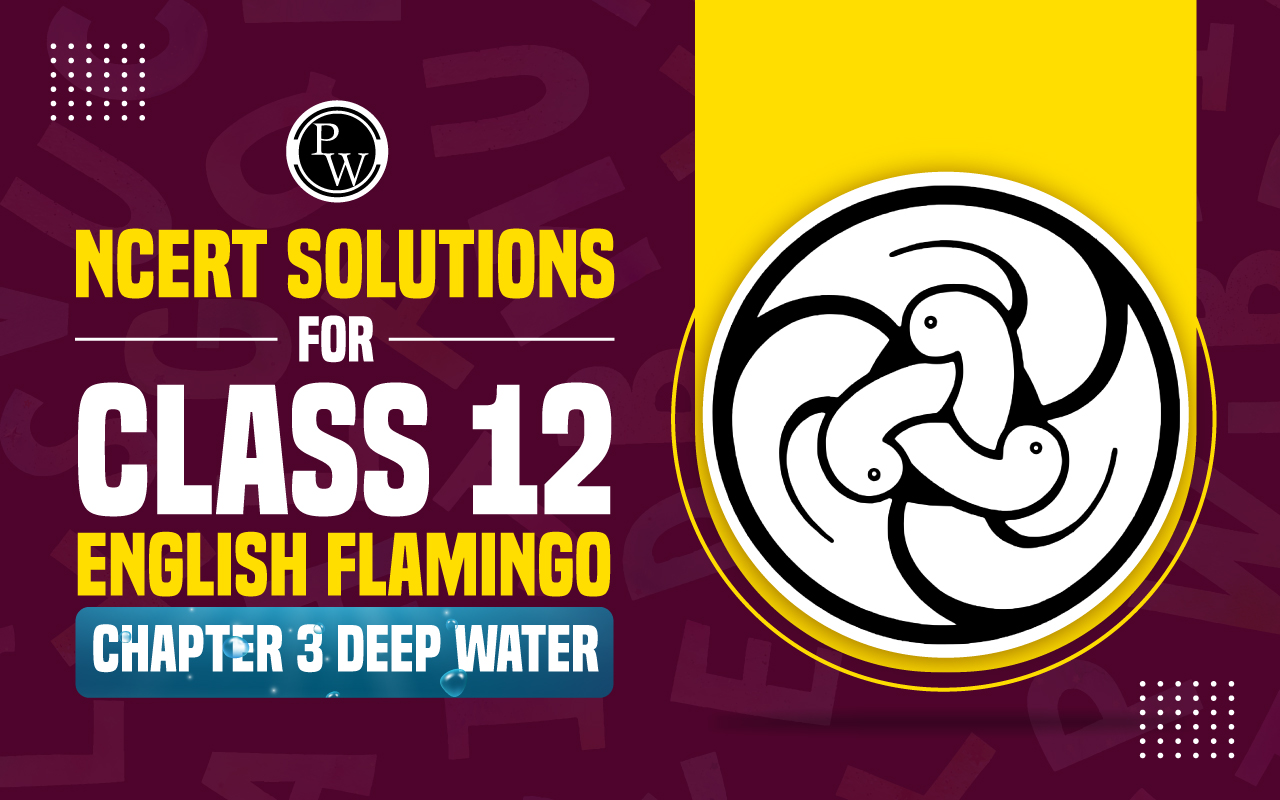

Distance Traveled Formula : When it comes to understanding motion and calculating distances covered, a fundamental concept is the "Distance Traveled Formula." In this article, we will delve into what this formula is, how to calculate it, and explore real-world examples to illustrate its practical applications.
Distance Traveled Formula
The Distance Traveled Formula is a simple mathematical equation used to determine the distance covered by an object in motion. It is represented as: Distance (d) = Speed (v) × Time (t) d=vt Here, 'd' stands for distance, 'v' represents the speed at which an object is moving, and 't' is the time taken. Formula in Detail - Distance (d): This is the value we are trying to find, and it is typically measured in meters (m), kilometers (km), miles (mi), or other distance units. - Speed (v): Speed is the rate of motion and is measured in meters per second (m/s), kilometers per hour (km/h), or any relevant unit. - Time (t): Time is the duration of the motion, usually measured in seconds (s), minutes (min), or hours (h).Also Check - Beat Frequency Formula
Some Examples Of Distance Traveled Formula
Let's apply the Distance Traveled Formula to a few real-world scenarios to see how it works:- Driving a Car: If you are driving a car at a constant speed of 60 km/h for 2 hours, you can calculate the distance traveled as follows:
- Running a Marathon: A marathon runner runs at a speed of 5 m/s for 3 hours. The distance covered would be:
- Delivery Services: Delivery drivers use the Distance Traveled Formula to plan their routes efficiently. For example, a courier service needs to deliver a package 120 miles away. If their delivery truck travels at a constant speed of 60 mph, they can calculate the expected delivery time.
Also Check - Horsepower Formula
This calculation helps the delivery service estimate that it will take 2 hours to reach the destination.- Running a Marathon : A marathon runner wants to complete a 26.2-mile race. If they run at a steady pace of 7 miles per hour, they can calculate the time needed to finish.
- Flight Travel: In aviation, the Distance Traveled Formula is crucial for flight planning. For example, an aircraft traveling at 500 miles per hour for 4 hours will cover a distance of 2,000 miles.
- Tracking Fitness: Fitness apps and wearables use this formula to track the distances you walk or run. If you walk at a pace of 4 miles per hour for 1.5 hours, the app calculates that you've covered 6 miles during your workout.
- Commuting to Work: Suppose you live 10 miles from your workplace, and you drive at a constant speed of 40 miles per hour. To calculate your travel time, you can use the formula: Distance (d) = Speed (v) × Time (t).
Also Check - Specific Gravity Formula
Practical Applications Of Distance Traveled Formula
The Distance Traveled Formula finds applications in various fields: - Navigation and GPS systems use it to determine distances between locations. - Engineers use it to plan the construction of roads, railways, and pipelines. - Athletes use it to track their running or cycling progress. The Distance Traveled Formula is more than just a mathematical concept; it is a practical tool that influences various aspects of our daily lives. From our morning commute to interstellar space travel, this formula is integral to understanding and measuring distance, making it an indispensable part of modern society. Its versatility and widespread applications highlight the profound impact of mathematics on our world.Distance Traveled Formula FAQs
What if the speed changes during the journey?
If the speed is not constant, you can calculate the distance covered in each segment and then sum them up to get the total distance.
Can this formula be used for non-linear motion?
This formula is primarily for constant speed. For non-linear motion, more complex equations are needed.
How do I convert units if I need the distance in miles instead of kilometers?
You can use conversion factors to change units. For example, 1 kilometer = 0.621371 miles.
Is it possible to calculate distance with time in minutes and speed in miles per hour?
Yes, as long as the units are consistent. Convert time to hours if necessary.
What's the difference between distance and displacement?
Distance is the actual path covered, while displacement is the straight-line distance between the initial and final positions.
🔥 Trending Blogs
Talk to a counsellorHave doubts? Our support team will be happy to assist you!

Free Learning Resources
PW Books
Notes (Class 10-12)
PW Study Materials
Notes (Class 6-9)
Ncert Solutions
Govt Exams
Class 6th to 12th Online Courses
Govt Job Exams Courses
UPSC Coaching
Defence Exam Coaching
Gate Exam Coaching
Other Exams
Know about Physics Wallah
Physics Wallah is an Indian edtech platform that provides accessible & comprehensive learning experiences to students from Class 6th to postgraduate level. We also provide extensive NCERT solutions, sample paper, NEET, JEE Mains, BITSAT previous year papers & more such resources to students. Physics Wallah also caters to over 3.5 million registered students and over 78 lakh+ Youtube subscribers with 4.8 rating on its app.
We Stand Out because
We provide students with intensive courses with India’s qualified & experienced faculties & mentors. PW strives to make the learning experience comprehensive and accessible for students of all sections of society. We believe in empowering every single student who couldn't dream of a good career in engineering and medical field earlier.
Our Key Focus Areas
Physics Wallah's main focus is to make the learning experience as economical as possible for all students. With our affordable courses like Lakshya, Udaan and Arjuna and many others, we have been able to provide a platform for lakhs of aspirants. From providing Chemistry, Maths, Physics formula to giving e-books of eminent authors like RD Sharma, RS Aggarwal and Lakhmir Singh, PW focuses on every single student's need for preparation.
What Makes Us Different
Physics Wallah strives to develop a comprehensive pedagogical structure for students, where they get a state-of-the-art learning experience with study material and resources. Apart from catering students preparing for JEE Mains and NEET, PW also provides study material for each state board like Uttar Pradesh, Bihar, and others
Copyright © 2025 Physicswallah Limited All rights reserved.











